Blooming Beauties: Succulents that Produce Flowers
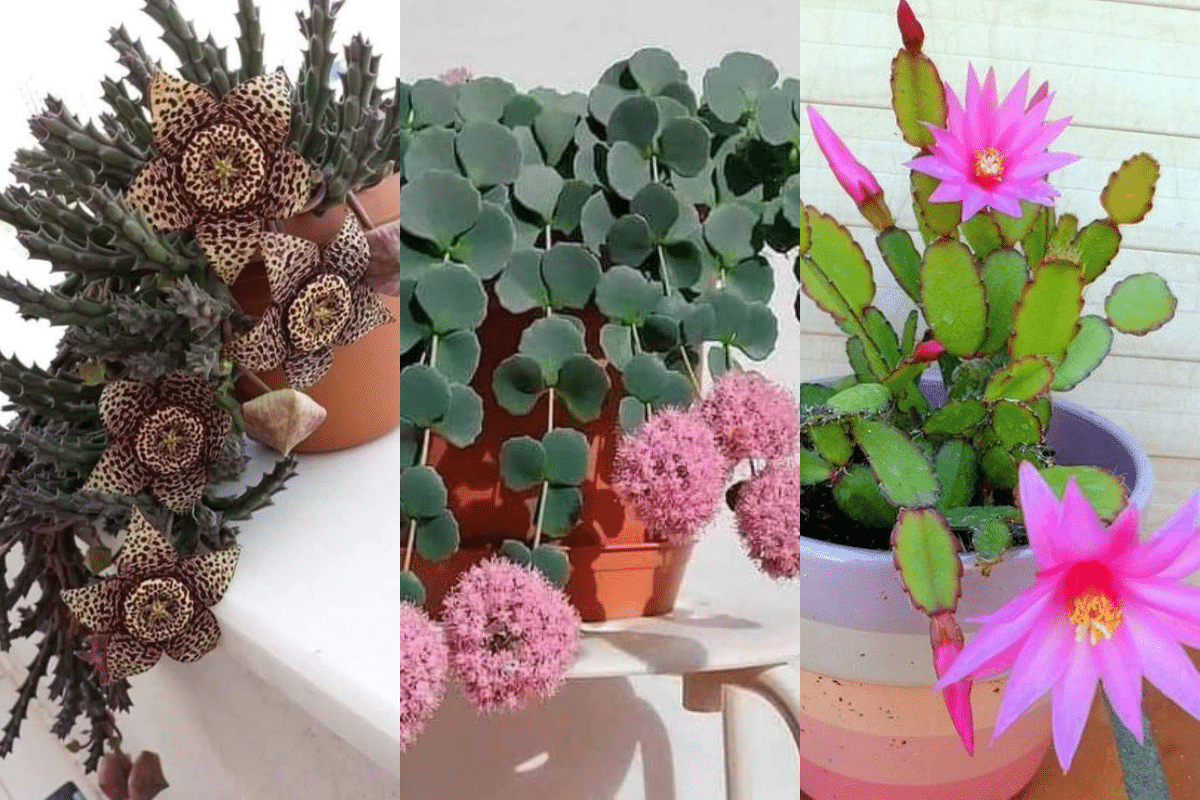
Welcome to my guide on succulents that produce flowers! Succulents are known for their unique and eye-catching foliage, but did you know that many of them also bloom with stunning flowers? In this article, we will explore the world of blooming succulents and discover the variety and beauty they bring to any garden.
Succulents that produce flowers are a delight to behold.
Their vibrant blooms add a pop of color and a touch of elegance to any landscape. Whether you're a seasoned gardener or just starting out, incorporating these blooming beauties into your garden will surely bring joy and admiration.
Succulents that Produce Flowers
From the dainty petals of Echeverias to the cascading flowers of Sedums, succulent flower varieties come in all shapes, sizes, and colors. You'll be amazed at the diversity and intricacy of these floral displays. Not only are they visually pleasing, but they also attract pollinators such as bees and butterflies, contributing to a healthy and thriving ecosystem.
One of the remarkable qualities of succulents that produce flowers is their ability to thrive in drought-tolerant conditions. These plants have adapted to store water in their leaves and stems, making them perfect choices for water-wise gardens. So not only will they bring beauty and color, but they will also conserve water and reduce maintenance efforts.
Whether you're looking to enhance an existing garden or create a new one, flowering succulents can be a game-changer. With their low-maintenance nature and stunning blooms, they are a fantastic addition to any landscape. Join me on this delightful journey into the world of blooming succulents and get ready to be inspired!
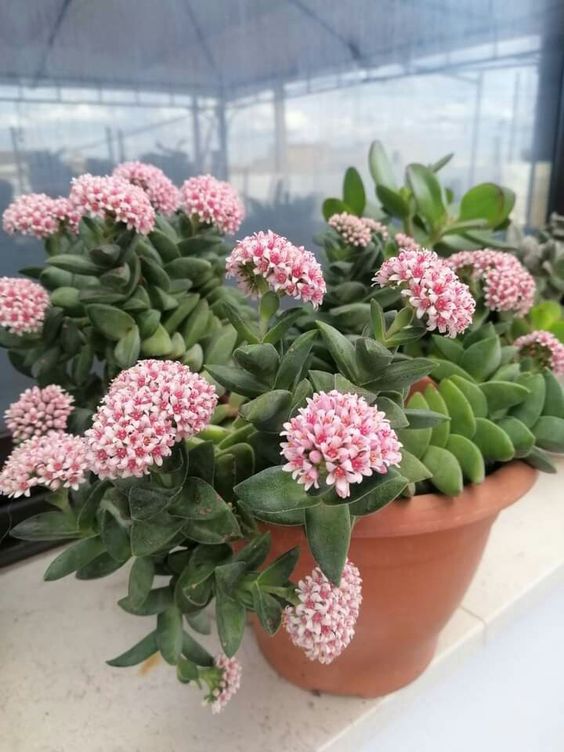
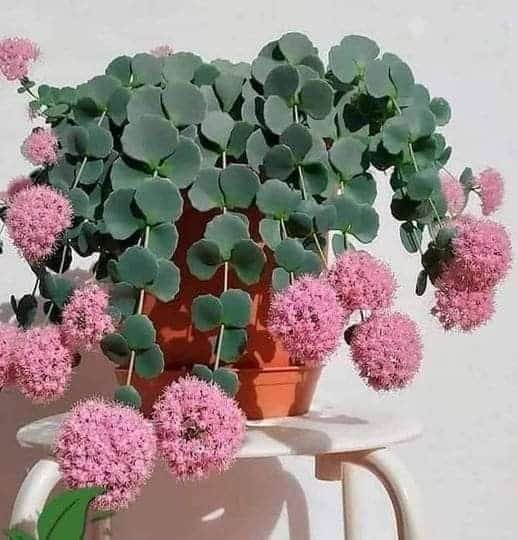
Discover the World of Flowering Succulents
Welcome to the captivating realm of flowering succulents! As we continue our exploration, we will uncover the enchanting diversity of succulent flower varieties. From well-known favorites like Echeverias and Aeoniums to the hidden gems of Graptopetalums and Sedums, there is an abundance of remarkable choices to explore. Brace yourself for a stunning showcase of succulent blooms that will leave you in awe of nature's creativity and beauty.
The Beauty of Echeverias and Aeoniums
Among the most popular flowering succulents, Echeverias and Aeoniums stand out for their striking forms and vibrant colors. Echeverias, with their rosette-shaped leaves, produce magnificent flower spikes that adorn the plant with delicate petals in a myriad of hues. Aeoniums, on the other hand, feature dramatic, architectural rosettes and cluster flowers that add a touch of elegance to any landscape.
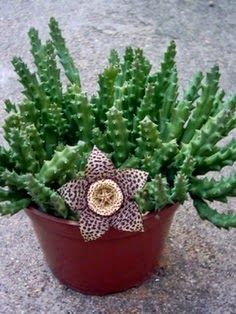

Discover the Allure of Graptopetalums and Sedums
While Echeverias and Aeoniums steal the spotlight, Graptopetalums and Sedums offer an intriguing array of lesser-known, yet equally captivating, succulent flower varieties. Graptopetalums enthrall with their rosettes featuring powdery hues and their clusters of dainty, star-like blossoms. Sedums surprise with their diverse shapes, ranging from lush groundcovers to tall, cone-shaped plants, each adorned with charming blooms that bring joy to any observer.
Creating a Colorful Succulent Haven
By incorporating flowering succulents into your garden, you can create a breathtaking spectacle of colors, textures, and shapes. Pair Echeverias with trailing Sedums for a stunning contrast, or combine Graptopetalums and Aeoniums for a harmonious bouquet of blooms. On tabletops, window sills, or living walls, these succulent flower varieties will transform any space into a vibrant haven that invites relaxation and inspires awe.
No matter your gardening expertise, the world of flowering succulents offers a wealth of possibilities. From the popular to the undiscovered, these captivating plants bring life and color to any environment. Join me as we dive deeper into the wonders of succulent blooms and explore how to incorporate them into your own sanctuary of natural beauty.
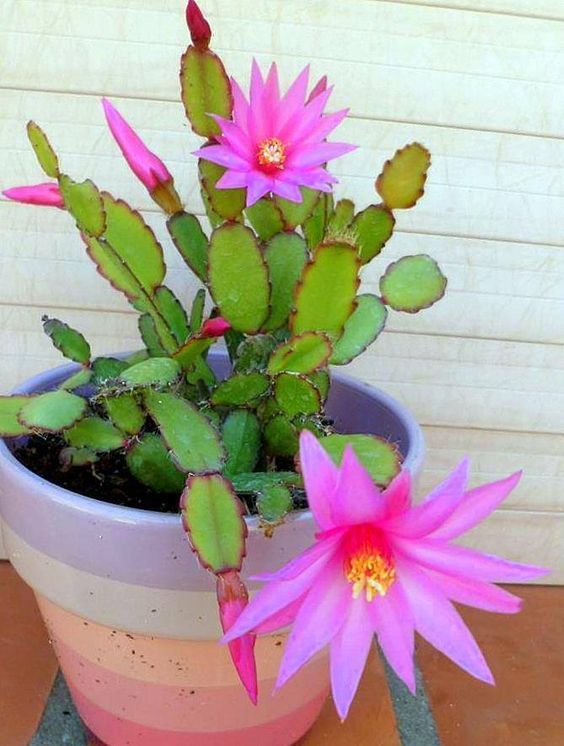
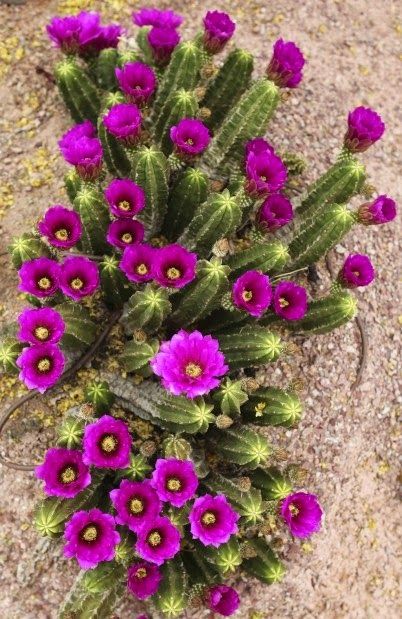
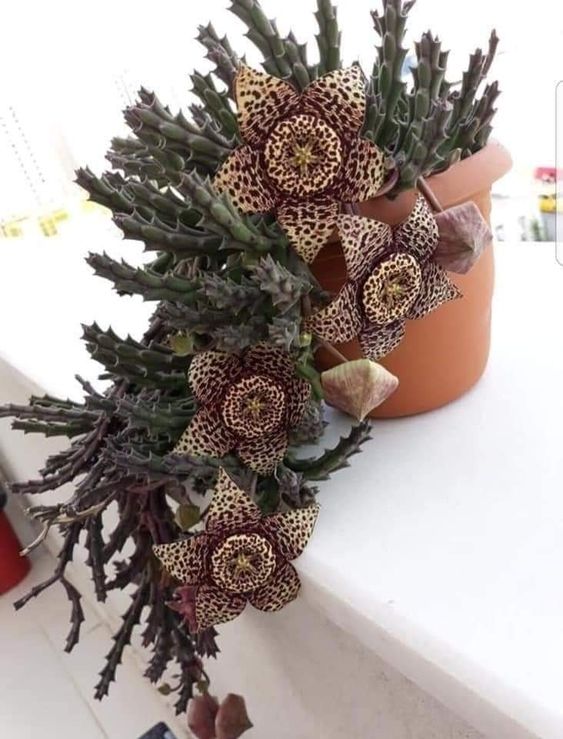
Adding Color to Your Drought-Tolerant Garden
Flowering succulents are a perfect choice for those looking to add vibrant pops of color to their drought-tolerant gardens. These stunning plants not only thrive in low-water conditions but also provide a year-round display of beautiful blooms.
When incorporating colorful succulents into your landscape, it's important to consider their placement and care. Here are a few best practices to help you create a stunning and sustainable garden:
1. Selecting Colorful Succulents
Choose a variety of succulents that offer a range of colors, including shades of pink, purple, orange, and vibrant green. Echeverias, with their rosette-shaped foliage, are known for their stunning hues. Aeoniums, with their bold red and yellow tones, also make a striking addition to any garden.
2. Creating Color Combinations
Pair complementary succulent varieties to create captivating color combinations. For instance, combine rosette-shaped Echeverias with trailing Sedums for a visually appealing contrast. Consider mixing warm and cool tones to create visual interest and balance within your garden.
3. Providing Adequate Sunlight
Most succulents thrive in full sun, so ensure they receive at least six hours of direct sunlight each day. However, be mindful of the specific light requirements of different succulent varieties. Some may prefer partial shade or filtered light. Check the care instructions for each plant to ensure optimal light conditions.
4. Conserving Water
One of the main benefits of succulents is their ability to store water in their leaves, making them highly drought-tolerant. However, proper watering is still essential for their overall health. Water deeply but infrequently, allowing the soil to dry out between waterings. This helps prevent overwatering and root rot.
5. Adding Colorful Accents
Incorporate colorful succulents into your garden by using containers, raised beds, or rock gardens. These features not only showcase the beauty of the plants but also provide excellent drainage, preventing waterlogged soil.
By incorporating vibrant and drought-tolerant flowering succulents into your garden, you can create a visually stunning oasis while conserving water. These hardy plants add a unique touch to any landscape, transforming it into a colorful haven throughout the year.
With their resilience and low-maintenance nature, succulents are perfect for busy individuals who desire a thriving garden. So why not create your own colorful oasis and enjoy the beauty of succulent blooms all year round?
